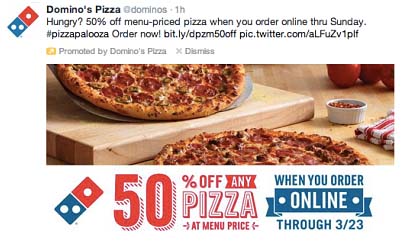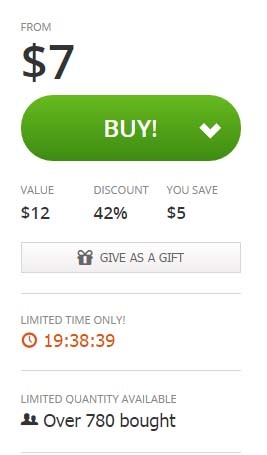
How to Leverage LinkedIn’s Advanced Search: A Step-by-Step Guide to Finding Quality Leads
October 5, 2025
Discover the 5 Secrets Behind Writing Magnetic Headlines
October 5, 2025What if I told you two cookies in a jar and ten identical cookies in an identical jar would be valued differently?
In a 1975 study, researchers Worchel, Lee and Adewole wanted to know how people value identical cookies in two identical glass jars. One jar contained ten cookies whereas the other contained two. Which cookies would be valued more?
The results were surprising. While both cookies and the jar were identical, participants in the experiment valued the cookies in the near-empty jar than the full jar.

Introducing Scarcity And Urgency
Could it be that the scarcity had somehow influenced their perception of value? Things that are scarce make us want something even more if there isn’t enough to go around, creating a sense of urgency.
It makes us feel privileged that we could get our hands on the “last few remaining”.
What do cookies have to do with creating valuable offers, you wonder?
Scarcity works on this simple principle:
Plenty of stuff – no one wants it
Not much stuff – everyone wants it
Perhaps you’ve seen something like this.

Source: Booking.com
Or this.

Source: TigerDirect.com
In both examples, companies took advantage of the scarcity principle to dramatically increase the attractiveness of their stated offers.
By deliberately limiting the time or quantity of their offers, their offers were seen as more attractive. Scarcity works because it forces action. Scarcity creates a fear of shortage and motivates urgency.
Potential buyers can’t just say, “I’ll decide tomorrow”, they will have to decide now or miss out completely on a potentially important offer.
Using the scarcity technique, you can influence your prospect’s behaviour by changing the fundamental economic rules of supply and demand.
Wondering how to put your new-found knowledge into action? Here are three brilliant examples of scarcity marketing at work.
1. Domino’s Pizza: Limited Time Offer

Part of its push to make itself known in the mobile ordering space, the pizza chain incentivised consumers to order from smartphones, tablets and desktops with a 50 percent discount during a basketball tournament in the US. The company sold 1.7 million pizzas during the semi-finals.
Key Takeaway: Dominos understood where their target market was and positioned their offer accordingly. They foresaw their consumers were interacting more with their mobile devices while watching television and combined a scarcity marketing tactic on a platform where their target market was at that time.
2. Booking.com: Limited Quantity Offer

Key Takeaway: Here, popular accommodation website Booking.com makes use of scarcity messages and limited quantity messages marked in RED to create a sense of urgency and get people to book their desired hotel at the first visit.
“We have only X left”, “Just booked Y hours ago” and “Z people are looking at this hotel.”
These messages are designed to add pressure and get people buying.
Planning a trip and really like the hotel? Book it NOW.
3. Groupon: Limited Time and Quantity

E-commerce marketplace Groupon uses both tactics effectively in their daily deals. Groupon deals end within a certain timeframe and they also limit the number of people who can buy a Groupon.
Key Takeaway: This use of the scarcity principle along with clearly stating the discount’s value when consumers bought the deal makes for a powerful combination, explaining why Groupon has been so successful in the e-commerce marketplace.
Ending off, scarcity plays on customer perception of supply and demand to create urgency. It plays on our ever-present “fear of missing out” to drive potential customers to take action NOW.
These are 3 examples of how businesses have used the scarcity principle to make their offers more attractive, hence generating more sales leads and customers! Are you using these techniques in your business’s offer pages?
{{cta(‘d54cc04e-3cdc-4b79-845c-bc391be70411’)}}


